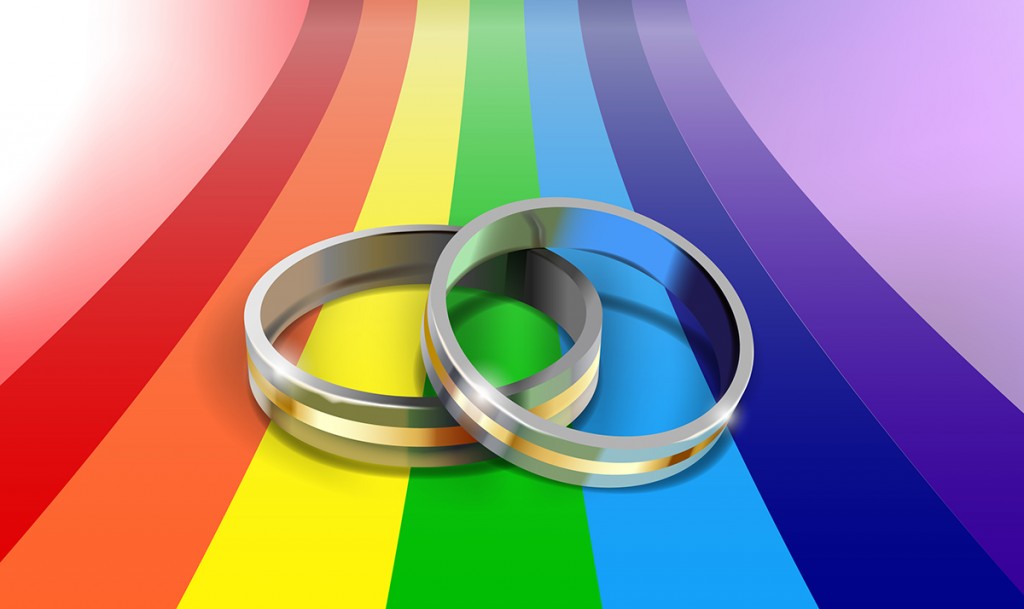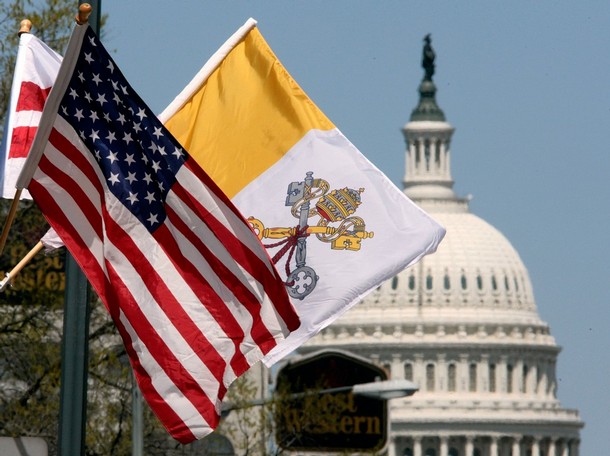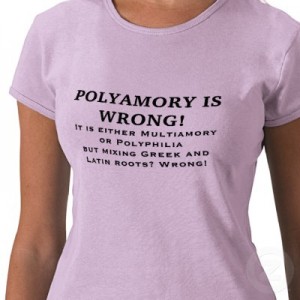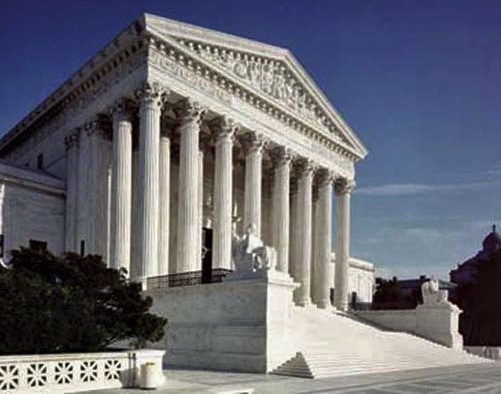Last updated on: January 3, 2013 at 12:00 am
By
tmatt
Does anyone out there in GetReligion reader land remember that narrow U.S. Supreme Court decision that cleared the way for arguments to continue about the Obama administration’s health-care law? On one level, that decision was about money and taxes, but buried down in one of the opinions written on the winning side was a highly significant, yet mostly overlooked, quote linked to the religious-liberty battles that dominated the religion-news beat in 2012.
At the time, I wrote a GetReligion post that pointed readers toward that important material buried deep inside the blog world at The Washington Post:
“I think the court’s decision makes clear Obama is still subject to legal challenges and that the Supreme Court is willing to entertain that the HHS regulations violate the rights of religious freedom,” said Hanna Smith, senior counsel at the Becket Fund, a D.C. firm involved in some of the 23 pending lawsuits against the White House. The lawsuits all focus on opposing a mandate announced by the Department of Health and Human Services after the law was passed.
Mark Rienzi, another Becket attorney, said in a phone conference call that the ruling today only spoke to whether Congress had the right to pass the act — not on the details of how it’s implemented. …
The attorneys honed in on two parts of Thursday’s ruling. One, from the majority opinion, said: “Even if the taxing power enables Congress to impose a tax on not obtaining health insurance, any tax must still comply with other requirements in the Constitution.”
The second, from Justice Ruth Ginsberg, (sic) said “A mandate to purchase a particular product would be unconstitutional if, for example, the edict impermissibly abridged the freedom of speech, interfered with the free exercise of religion, or infringed on a liberty interest protected by the Due Process Clause.”
The key is the Ginsburg quote, especially since it came from one of the most important voices on the court’s left wing.
In my mind, I coupled that quote with another Supreme Court decision that received some attention. However, to my surprise, this other decision didn’t make it into the list of the year’s Top 10 stories produced by the Godbeat pros voting in the poll posted by the Religion Newswriters Association.
I’m talking about that 9-0 decision in which the court defended the “ministerial exception” that allows churches and religious organizations to take doctrine into account when hiring and firing employees. Yes, the U.S. Justice Department actually argued against religious groups on that issue. Yes, the court then voted 9-0 against the White House on that religious-liberty issue.
Yes, I still think that was one of the most important religion-news stories of the year. I ranked it No. 2 on my RNA ballot.
Bobby has served up scores of interesting links and viewpoints wrapping up Godbeat 2012, but I thought I would show GetReligion readers my whole ballot — in the form of last week’s column for the Scripps Howard News Service.
I started with a blast from a prominent pulpit in Dallas:
‘Twas the Sunday night before the election and the Rev. Robert Jeffress was offering a message that, from his point of view, was both shocking and rather nuanced.
His bottom line: If Barack Obama won a second White House term, this would be another sign that the reign of the Antichrist is near.
Inquiring minds wanted to know: Was the leader of the highly symbolic First Baptist Church of Dallas suggesting the president was truly You Know Anti-who?
“I am not saying that President Obama is the Antichrist, I am not saying that at all,” said Jeffress, who previously made headlines during a national rally of conservative politicos by calling Mormonism a “theological cult.”
“What I am saying is this: the course he is choosing to lead our nation is paving the way for the future reign of the Antichrist.”
That’s some pretty strong rhetoric, until one considers how hot things got on the religion beat in 2012. After all, one Gallup poll found that an amazing 44 percent of Americans surveyed responded “don’t know” when asked to name the president’s faith. The good news was that a mere 11 percent said Obama is a Muslim — down from 18 percent in a Pew Research Center poll in 2010.
Could church-state affairs get any hotter? Amazingly the answer was “yes,” with a White House order requiring most religious institutions to offer health-care plans covering sterilizations and all FDA-approved forms of contraception, including “morning-after pills.” The key: The Health and Human Services mandate only recognizes the conscience rights of a nonprofit group if it has the “inculcation of religious values as its purpose,” primarily employs “persons who share its religious tenets” and primarily “serves persons who share its religious tenets.”
America’s Catholic bishops and other traditional religious leaders cried “foul,” claiming that the Obama team was separating mere “freedom of worship” from the First Amendment’s sweeping “free exercise of religion.” In a year packed with church-state fireworks, the members of Religion Newswriters Association selected this religious-liberty clash as the year’s top religion-news story. Cardinal Timothy Dolan of New York, the point man for Catholic opposition to the mandate, was selected as the year’s top religion newsmaker – with Obama not included on the ballot.
The story I ranked No. 2 didn’t make the Top 10 list. I was convinced that the 9-0 U.S. Supreme Court decision affirming a Missouri Synod Lutheran church’s right to hire and fire employees based on doctrine could be crucial in the years — or even months — ahead.
So let’s move on to the rest of my version of the RNA Top 10 list, after the HHS mandate conflict.
(more…)














